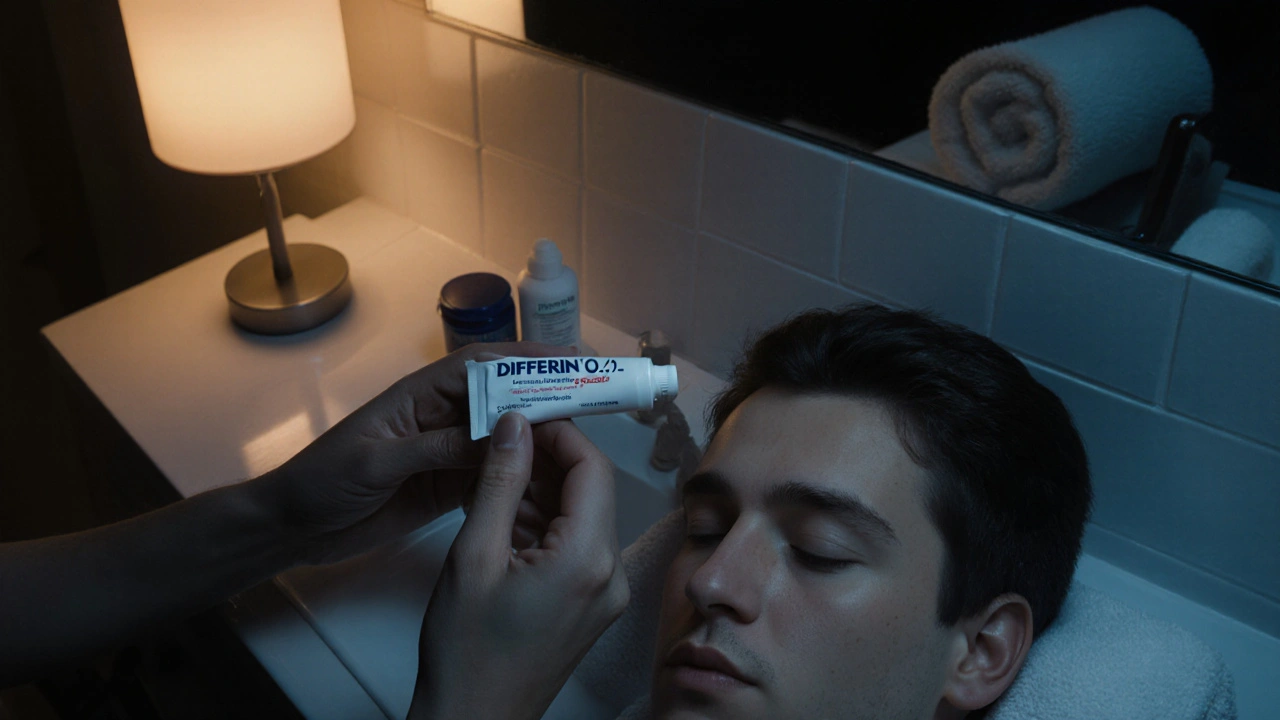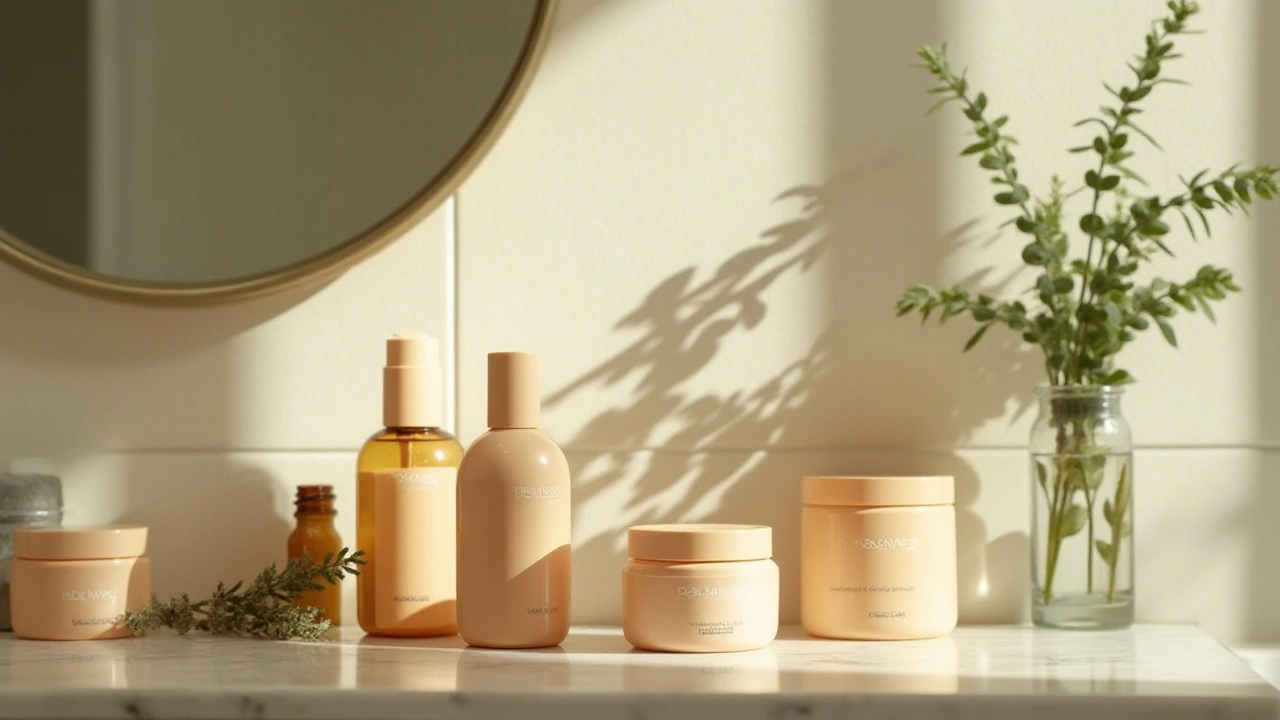Acne treatment: practical options that actually work
Acne sucks — but you don’t have to try seven products at once to fix it. First, figure out what type of acne you have: whiteheads and blackheads (comedonal), red inflamed pimples (inflammatory), cysts or nodules (nodulocystic), or bumps from yeast or steroids. Knowing the type guides treatment and saves time and money.
Start with proven over-the-counter choices. Benzoyl peroxide kills acne bacteria and reduces inflammation; use a 2.5–5% gel or wash at night and expect mild dryness. Salicylic acid (0.5–2%) helps unclog pores and works great for blackheads. For many people a gentle cleanser, a salicylic product in the morning and benzoyl peroxide at night is all that’s needed after six to eight weeks.
Prescription topicals and pills
If OTC treatments don’t cut it, see a clinician. Topical retinoids like tretinoin or adapalene normalize skin cell turnover and prevent new clogs; they pair well with benzoyl peroxide. For inflamed acne, topical or oral antibiotics can help short term, but they lose effect if used alone for long periods. Hormonal options — combined oral contraceptives or spironolactone — work especially well for adult women with flares tied to their cycle. Severe nodules or cystic acne may need isotretinoin, which can clear acne for good but needs careful monitoring.
Steroid-induced acne is common if you use anabolic steroids or high-dose corticosteroids. These usually cause numerous similar red bumps. Stopping the steroid, when possible, helps; meanwhile a dermatologist can recommend treatments like topical retinoids or oral isotretinoin in severe cases.
Special cases: fungal acne and skincare habits
Some stubborn "acne" is actually Malassezia folliculitis — a yeast infection that looks like acne but doesn’t respond to antibiotics. Ketoconazole shampoo or topical antifungals often clear it up. If pimples don’t respond to usual care, mention this possibility to your provider.
Simple daily habits matter. Use a non-comedogenic moisturizer, avoid heavy makeup or pore-clogging sunscreens, and stop picking — that makes scars more likely. Change pillowcases twice a week and rinse sweat off after workouts. Diet tweaks can help some people: cut high-glycemic foods and limit dairy if you notice a link.
Expect a timeline: mild acne improves in 6–8 weeks with consistent care; moderate to severe cases may take months and need prescription meds. Keep a short photo diary so you and your clinician can track progress. If pain, large nodules, or quick spreading appear, seek medical care early — the right treatment saves skin and time.
A few quick tips before you try something new: introduce one product at a time and give it four to six weeks before deciding it failed. Patch-test any active on a small skin area to avoid a bad reaction. Use sunscreen daily — acne meds make skin more sensitive, and sun can darken marks. If you're pregnant or breastfeeding, avoid retinoids and isotretinoin; talk to your doctor first. For scarring, early referral to a dermatologist for laser, microneedling, or chemical peels gives the best results. You've got this.
Differin (Adapalene) vs Other Acne Treatments: In‑Depth Comparison
Compare Differin (adapalene) with top acne treatments, see pros, cons, costs, and how to choose the best option for your skin.
- View More
- 11
Top 10 Isofair Alternatives for Acne Treatment in 2024
Explore the leading alternatives to Isofair for acne treatment in 2024. These top 10 alternatives offer a variety of approaches, from masks and kits to herbal spot treatments and moisturizers, catering to different skin types and needs. Whether you're looking for natural ingredients, quick results, or affordable options, this comprehensive guide will help you choose the best solution for your skin concerns. Each alternative is thoroughly assessed with pros and cons to aid in your decision-making process.
- View More
- 10


